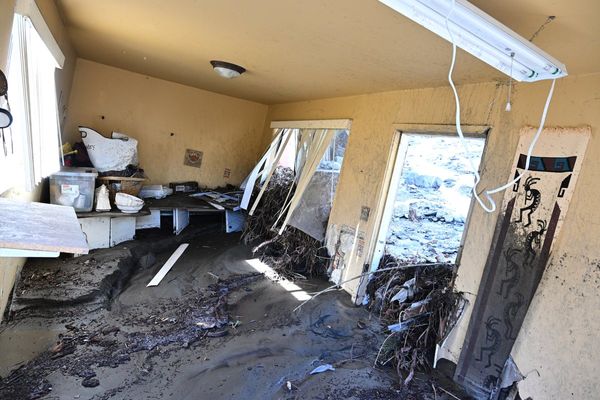
Nasa has unveiled plans to test nuclear-powered rockets that would fly astronauts to Mars in ultra-fast time.
The agency has partnered with the US government’s Defense Advanced Research Projects Agency (Darpa) to demonstrate a nuclear thermal rocket engine in space as soon as 2027, it announced on Tuesday.
The project is intended to develop a pioneering propulsion system for space travel far different from the chemical systems prevalent since the modern era of rocketry dawned almost a century ago.
“Using a nuclear thermal rocket allows for faster transit time, reducing risk for astronauts,” Nasa said in a press release.
“Reducing transit time is a key component for human missions to Mars, as longer trips require more supplies and more robust systems.”
An additional benefit would be increased science payload capacity, and higher power for instrumentation and communication, according to the agency.
Nasa, which successfully tested its new-era Artemis spacecraft last year as a springboard back to the moon and on to Mars, has hopes of landing humans on the red planet some time in the 2030s as part of its Moon to Mars program.
Using current technology, Nasa says, the 300m-mile journey to Mars would take about seven months. Engineers do not yet know how much time could be shaved off using nuclear technology, but Bill Nelson, the Nasa administrator, said it would allow spacecraft, and humans, to travel in deep space at record speed.
“With the help of this new technology, astronauts could journey to and from deep space faster than ever - a major capability to prepare for crewed missions to Mars,” Nelson said.
Nuclear electric propulsion systems use propellants much more efficiently than chemical rockets but provide a low amount of thrust, the agency says.
A reactor generates electricity that positively charges gas propellants like xenon or krypton, pushing the ions out through a thruster, which drives the spacecraft forward.
Using low thrust efficiently, nuclear electric propulsion systems accelerate spacecraft for extended periods and can propel a Mars mission for a fraction of the propellant of high-thrust systems.
In a statement, Darpa’s director, Dr Stefanie Tompkins, said the agreement was an extension of existing collaboration between the agencies.
“Darpa and Nasa have a long history of fruitful collaboration in advancing technologies for our respective goals, from the Saturn V rocket that took humans to the moon for the first time to robotic servicing and refueling of satellites,” she said.
“The space domain is critical to modern commerce, scientific discovery and national security. The ability to accomplish leap-ahead advances in space technology… will be essential for more efficiently and quickly transporting material to the moon and, eventually, people to Mars.”
Nasa’s Artemis 2 mission, which will send humans around the moon for the first time in more than half a century, is scheduled for 2024. The subsequent Artemis 3 mission, which could come the following year, will land astronauts, including the first woman, on the moon’s surface for the first time since 1972.
• The image caption was amended on 25 January 2023. An earlier version said that Nasa hoped to land humans on the moon in the 2030s; this should have been Mars.







